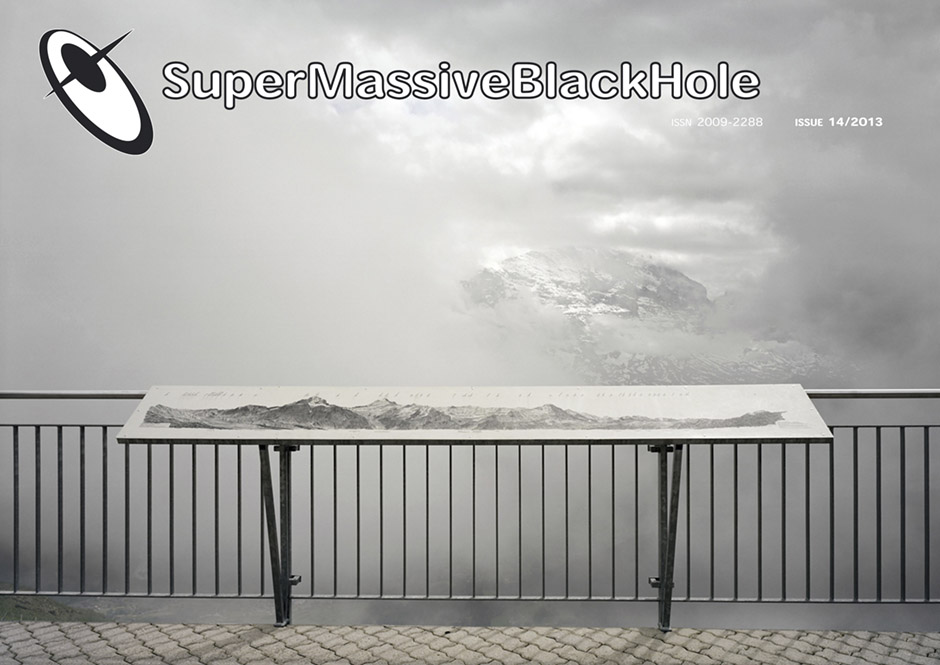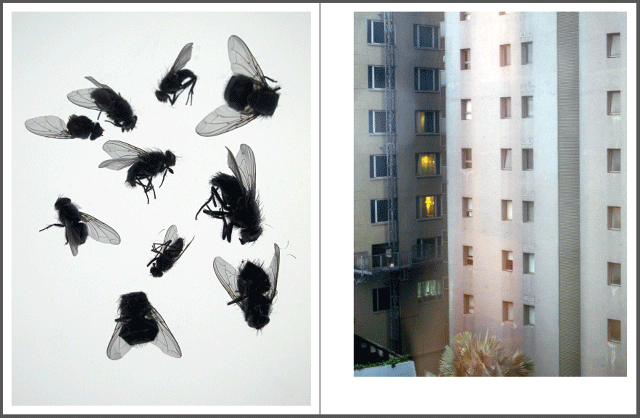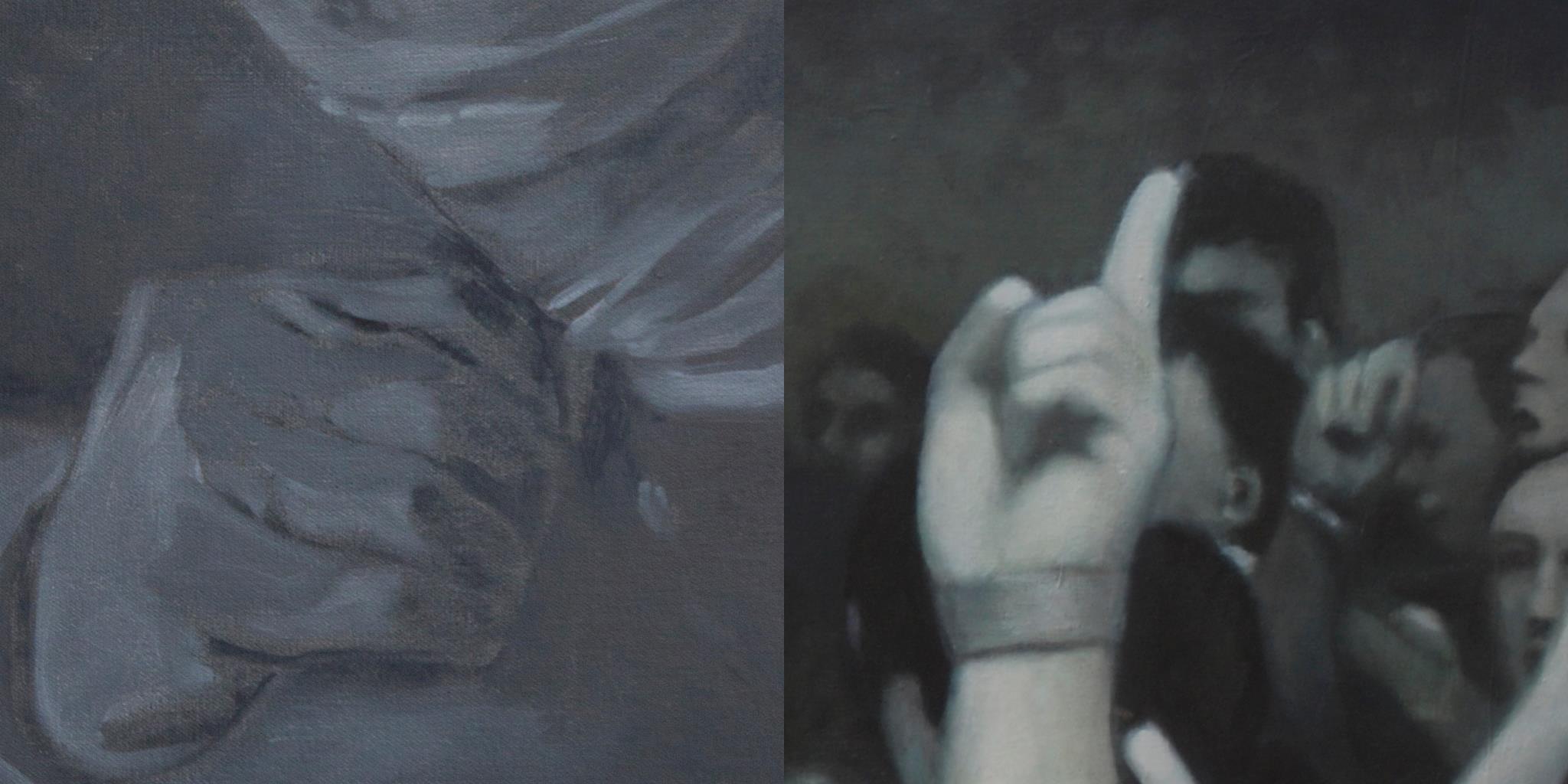Cemento is a photographic project realized with the intention to build a map; it is a work about Sicily made as a path of sensations and perceptions with an eye on the relation between the space and the identity of its inhabitants.
The assumption of this project is to create, quoting the Italian photographer Luigi Ghirri, a ‘zig-zag’ path in which nothing has to be precluded and in which the photographer has to follow his perceptions. That has to be made in order to find/create a track to follow inside a given space, no matter if it is physical or conceptual, and from that track let emerge some of the peculiar characteristics of the secular relationship that links humans to this territory.
So this work wants to be a new map of Sicily, about Sicily, about its inhabitants. It is about the inhabitants and their signs left on the shape of the landscape in a relationship with it that is inevitably bidirectional and synergistic. The initial intention is to show this “place” from a new perspective, something different than the clichés about this island that always represented the main point of view on it. At the same time, there is no desire to give a false reading on things, but to show off a relation between the subject and the eye that allows to represent the abuse, keeping a critical look on real.
In conclusion, there is a care about the personal intention to develop the matter of the ‘representation of the landscape’. Landscape as Identity. The relation between identity and landscape indeed represents the fulcrum of this body of work, made of photographs.
–
Cemento is currently on show at the Galleria della Residenza Universitaria San Saverio in Palermo, Sicily / Italy (Via Giovanni Di Cristina, 7 – Palermo).
The exhibition shows 15 photos of the Cemento project, printed in 80 x 100 cm on Hahnemuehle photorag fine art baryta paper 100% cotton, in a signed edition of 5.
Opening: Friday October 12, 2012, 7 pm
Exhibition: Oct 12 – 31, 2012
–
Jean-Paul Manganaro about Cemento:
The Illusion of Allusion
Cement was invented to bring things together, to render things compact; its real significance, most likely, is to shatter things to pieces. Cement was invented and indeed lives in constant allusion, one that also masks an illusion: that of animating something that exists only in the abstract, in a virtual state, awaiting composition. Perhaps at first, cement was imagined as, and then thought to be, a form of matter onto itself, with independence, capable of organizing its own particular artistic formalization. And then it was no longer so.
The matter couldn’t transform itself into artistic material, and confirmed its existence not in its own illusion, but in its economic power, which is capitalist, intrusive, and devastating. Cement reelaborates nothing, but devastates everything, swallows everything up like a Moloch, spitting nothing out. Nothing reappears, nothing is reborn. Cement swallows to kill.
With his series Cement, Pietro Motisi seems, strangely, to retrace and reiterate this idea of a form that is born to kill, that is spreading death as it’s born. Not ironically, cement ends up in cemeteries, and Cement seems to want to communicate a peculiar assonance between the words cement and cemetery.
Yet, before reaching this point of no return, cement will have passed through some stages of its possible constitution of material in matter, pausing to mark some of the key moments in which, some day in the past, it perhaps could have guaranteed that matter would become material. But that was not to be. Ineluctably, even when soaring toward the heavens, even when seeming to pray, even when it assumes a pose of surrender, cement never stops using its powers of compulsion, of constraint, like a deadly snake, to smother, to impose its obscene voracity, which, leaving no refuse behind, truly becomes absolute refuse. Refuse as filth. Trash as the only possible cohabitation. The solitude of filth. It is no coincidence that Pietro Motisi’s photographs do not hazard a contiguity with the human: cement is impossible in this dimension in which the human, if it exists, is trapped, enclosed as though by a simple wall. Cement entangles the entirety of what it invests; it does not disfigure the landscape, but, worse yet, blocks landscape within itself, turning it into an asphyxiated corpse. Cement gives absolute orders, thus rendering beauty impossible.
The scenic importance of these photos is how they knowingly insert themselves in the obscene, mindful of an illusion, and how they underscore the possibility of a beauty that is not only shattered, but definitively lost, with no hope of salvation. It is this constant alternation within these two unresolvable extremes, this return of the photographer to the perceptible world of a profoundly illuded allusion, definitively devastated. And who, what, will survive? Yes, all of the Temple of Segesta’s past, maybe, the sea, maybe, trees, maybe, though that’s not a foregone conclusion, not the last word. So, who, what, will survive? In Pietro Motisi, the answer, between the lightning and the clouds, is worthy of Baudelaire : “… les nuages… les nuages qui passent… là-bas… là-bas… les merveilleux nuages ! ”, “ … the clouds … the clouds that pass … above … above …the marvelous clouds … , “
–
Born in Palermo in 1982, Pietro Motisi graduated in Documentary Photography at UWN University of Newport (UK). Since 2002 he was initially interested in stage photography, he worked for commissions and he photographed several acting companies such as Theatre du Radeau, La Fura Dels Baus, Slava Polunin, Massimo Verdastro, Franco Scaldati, Mimmo Cuticchio. In 2006 and 2008 he is been awarded with “Occhi di Scena” theatre photography award, an international prize for stage photography. Since the 2008 he collaborates with the Cultural Heritage Department of the University of Palermo for anthropological researches. He has since specialized in Documentary Photography for the realization of short and long term projects about social issues and the relations between humans and landscape, which is his main field of research today. His project in progress, Cemento, has been recently awarded with the Reginald Salisbury travel award.
–
For more of Pietro’s work, please visit his website and Facebook page.
→ Bookmark the exhibition on Facebook




